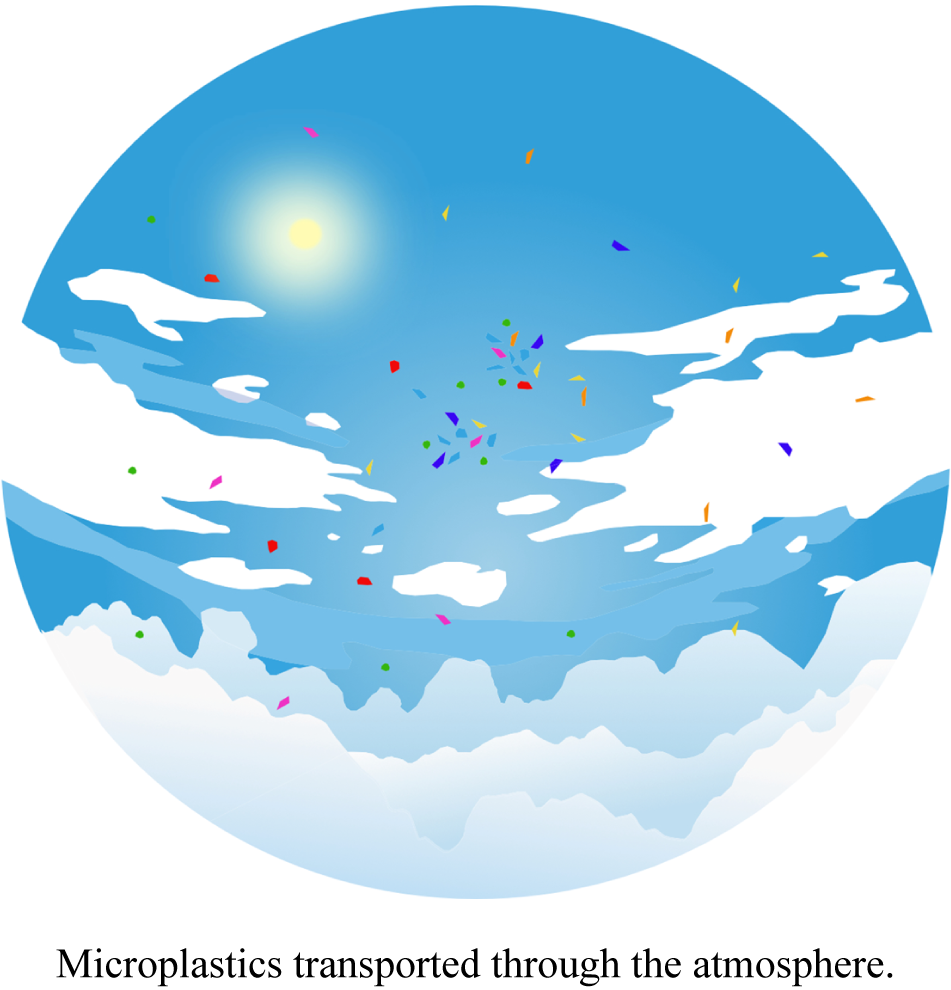The goal of the Global Plastics Treaty is to “end plastic pollution and to protect human and environmental health.” Despite overwhelming evidence of the adverse impacts of microplastics on human and environmental health, the inclusion of how microplastics will be addressed within the Global Plastics Treaty remains unclear. Yet, a contaminant as morphologically and chemically diverse as microplastics should be considered a priority for regulation under the Global Plastics Treaty like the 1979 Convention on Long-Range Transboundary Air Pollution (CLRTAP). As the goal of finalizing the Global Plastics Treaty at INC-5 was not realized, a valuable opportunity to push for more inclusion and objectives that include atmospheric microplastics exists. To ensure that atmospheric microplastics are present within the Global Plastics Treaty text, the following are recommended. Ensure that inclusion of terms “air” and/or “atmosphere” and/or “atmospheric microplastics” be present alongside other environmental compartments like terrestrial and aquatic (marine and freshwater) environments. Capping plastic production is critical to reducing subsequent microplastic pollution. Improving product design or developing microplastic capture technologies should be prioritized for plastic products known to contribute to atmospheric microplastic pollution. Empirical targets should be established to mitigate emissions of atmospheric microplastics from “leaky” regions (e.g., urban centres and industrial regions), and targets should also be placed on activities that result in generation and release of secondary microplastics (e.g., dryer emissions and automotive tires). A framework to reduce pollution should be informed by the structure of other relevant successful multilateral air pollution agreements (e.g., the Montreal Protocol and CLRTAP), and goals should be informed by the present science and data obtained from monitoring. A global network of atmospheric monitoring observatories should be established to identify “leaky” regions or sources/activities and monitor temporal changes in microplastic concentrations via long-range processes. Establish specialized working groups of global experts that can develop and harmonize atmospheric microplastic monitoring and analytical methods. Assess effectiveness of mitigation and reduction strategies for atmospheric microplastics in relation to the empirical targets established by the Global Plastics Treaty. Additionally, atmospheric microplastics can be used as a metric to ensure that broader scale changes to pollution reduction strategies implemented by the Global Plastics Treaty are effective.






